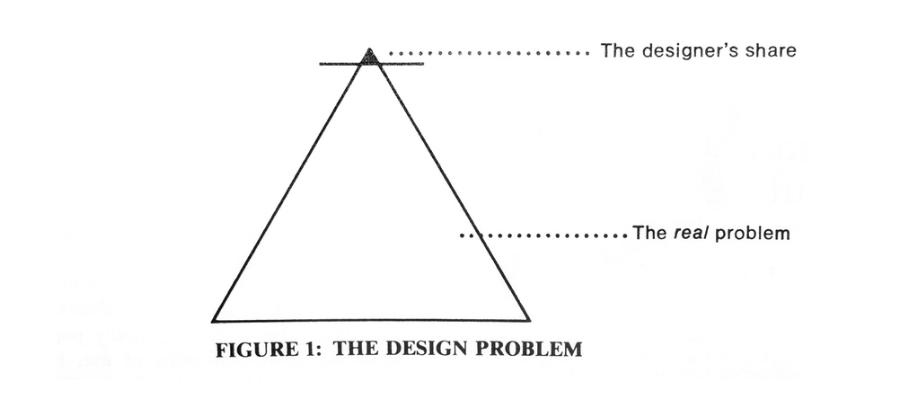https://www.youtube.com/watch?v=9eP8Bq9x5yw
A nice overview of spaced repetition systems.
Soren Bjornstad previously worked for Anki and is now at Remnote.
I wonder if anyone has created a spaced repetition system set up that leverages Hypothes.is? It would be cool to write questions and answers as one takes notes in Hypothes.is and then be able to quickly/easily export those annotations into a spaced repetition system.
Example:
Q: What is the best annotation tool on the inernet?
A: Hypothes.is





